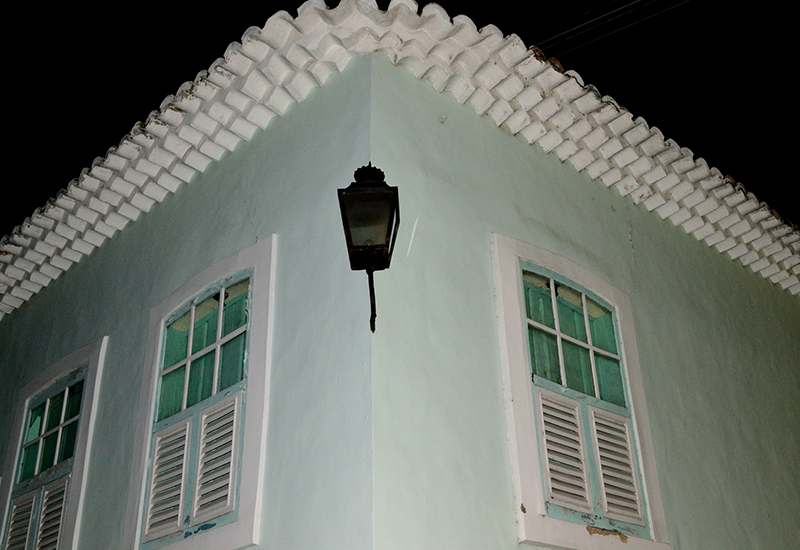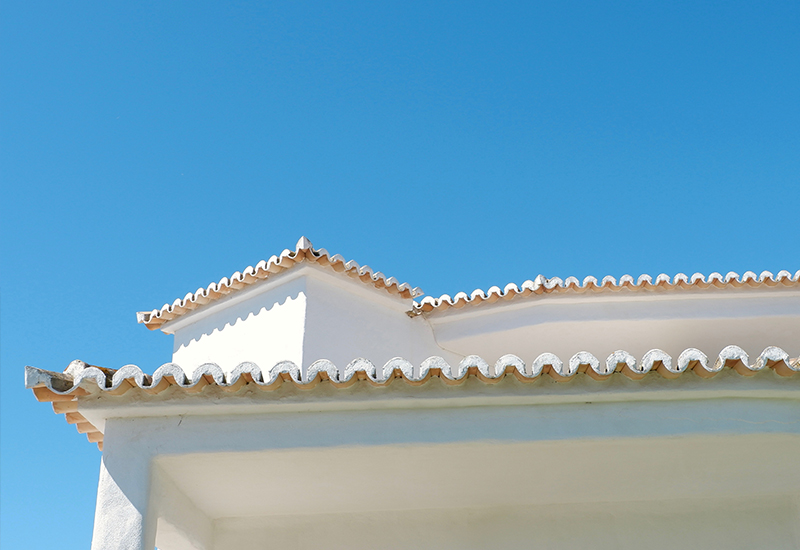How Portugal’s architecture influenced the class system
There is a famous Portuguese saying “Sem eira nem beira,” loosely meaning “without middle or low class”. The proverb found its way into the Portuguese language from the old roofing architecture, which once denoted a person’s wealth.
After the Romans introduced clay roof tiles or telhas to Portugal, the upper classes also found a way to express their wealth through the architecture of their homes. During the 18th century, those who had three rows of tiles at the edge of the roof were considered the richest, known as tribeira; the ones who had two rows of tiles were seen as middle class and known as beira, and the homes which only had one row of tiles were seen the poorest in society known as eira, hence the phrase “Sem eira nem beira” implying “to have no money”.
The word eira derives from the Latin word ‘area’. Often, this is confused with the same word that means a ‘yard’ or ‘garden’, intended for planting fruits or vegetables. The beira or beiral (eaves) is an extension of the roof that would protect against rain, a style that was commonly used throughout the colonial period and is frequently seen in older buildings in Brazil. Again this word is often confused with the same word, which can mean a plot of land.
The tribeira is exactly as it sounds, a triple beira or eaves. The more a man possessed, the more layers he could include on his roof, maybe to add that extra protection for his possessions inside. It didn’t take long before one of Portugal’s most famous proverbs became a common phrase which is still used today, even though there is an ongoing debate as to whether the phrase is referring to roof tiles or plots of land.

However, the visual class system in Portugal didn’t stop at roof tiles. It is well known that if one had tiled walls on the outside, the homeowner was from a wealthy background and the more elaborate the tiles, the more wealthy the family was, much the same as the old Algarvian chimneys.
My house has a beira but topped with an eira; however I don’t think the intention back in the 1990s was to show wealth but instead to create an ornate design. Thankfully nowadays, rows of roof tiles and chimney styles aren’t associated with a person’s wealth as it was back in those days, but many homes across the country still preserve their historical identity as once wealthy homes complete with a beira or even a tribeira.
If you have a tribeira, consider yourself lucky, but if you only have a beira or an eira, I wouldn’t worry too much, the main thing is that you have a roof over your head!













